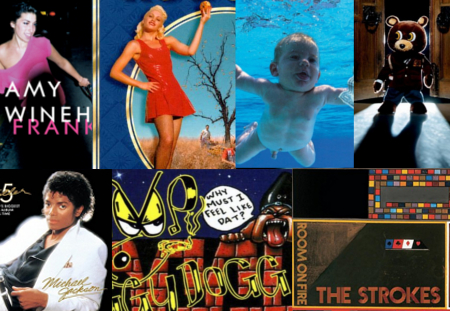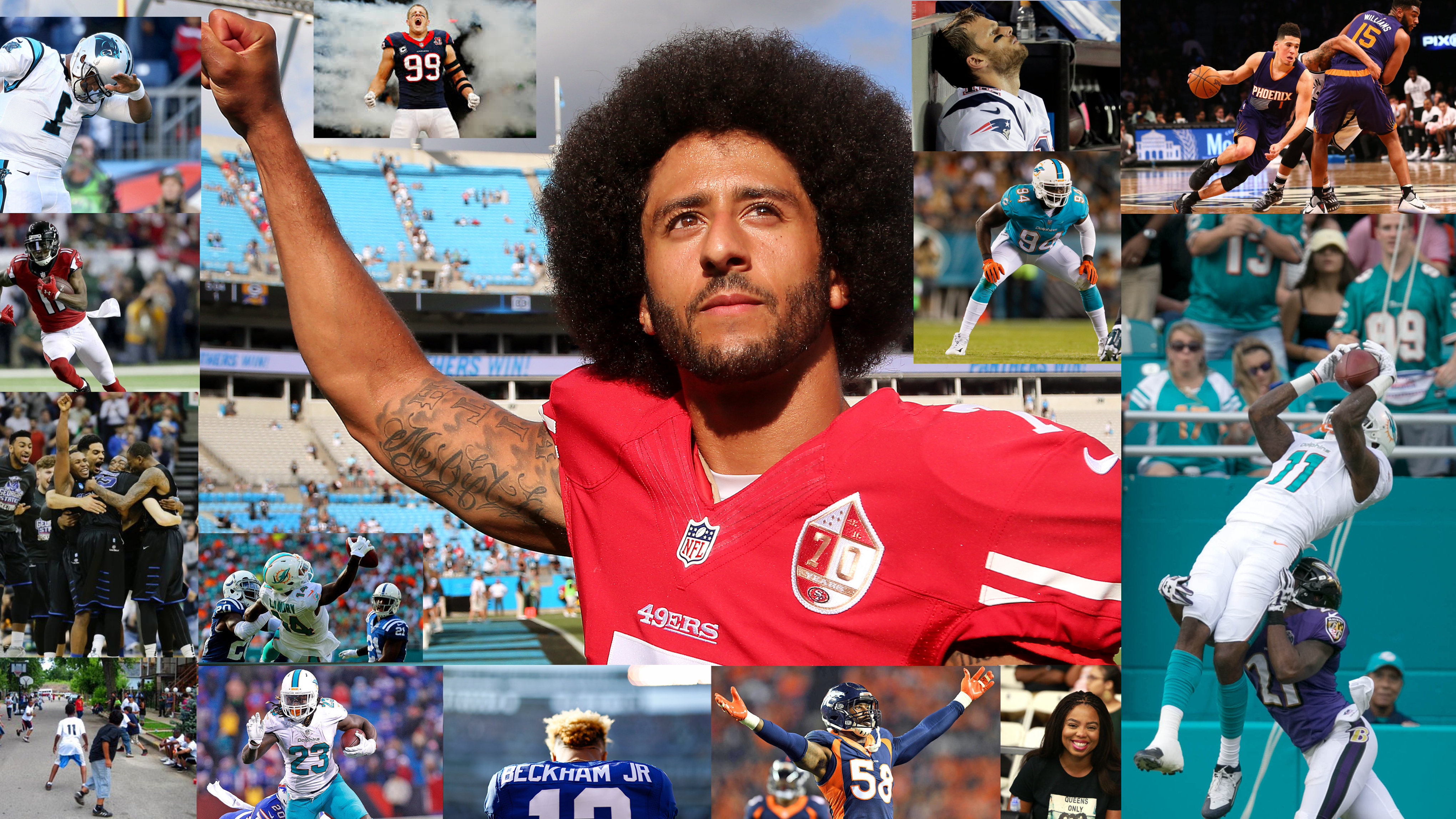by Melissa Scott
 Nicki Minaj spoke with GQ Magazine’s Taffy Brodesser-Akner, during New York Fashion Week, in an interview this past month. The interview will be featured in the November issue, discussing Minaj’s own thoughts on her controversial “Anaconda” music video. Since its debut, August 19, the provocative nature of the video attracted almost 300 million views, and stirred nearly as many reactions. Just 24 hours after the clip premiered, Minaj charted 19.6 million hits on Vevo, breaking the one-day record previously assumed by Miley Cyrus’s “Wrecking Ball.” While Minaj doesn't swing around on heavy machinery in her birthday suit, naked portions do fly unrestricted across the screen.
Nicki Minaj spoke with GQ Magazine’s Taffy Brodesser-Akner, during New York Fashion Week, in an interview this past month. The interview will be featured in the November issue, discussing Minaj’s own thoughts on her controversial “Anaconda” music video. Since its debut, August 19, the provocative nature of the video attracted almost 300 million views, and stirred nearly as many reactions. Just 24 hours after the clip premiered, Minaj charted 19.6 million hits on Vevo, breaking the one-day record previously assumed by Miley Cyrus’s “Wrecking Ball.” While Minaj doesn't swing around on heavy machinery in her birthday suit, naked portions do fly unrestricted across the screen.
Not exactly known for a conservative approach, Minaj’s videos, lyrics, and songs generally lead to raised eyebrows and grins. Rather than offend, however, her overly sexualized lyrics usually bring on a humorous and easy-going atmosphere. Apart from doubling my normal one-eyebrow raise to two, I admit the video didn't quite leave me dumbfounded. I saw it as Minaj being Minaj—spicy, amatory, and placing a few toes over the line.
The Guardian seemed to agree that expecting anything less from Minaj would be naïve. “It was never going to offer a delicate, ethological insight into the non-venomous snake found in tropical South America,” Guardian writer Rachel Sonis acknowledged. “The artwork for Nicki Minaj’s new single Anaconda had already been deemed not safe for work…but the video is as confrontational and twerk-based as was alluded to in her various Instagram trailers.”
According to Minaj herself, however, the video simply represented “normal.” Seeing no issue with the nature of the clip, she acknowledged: “I don’t know what there is to really talk about. I’m being serious. I just see the video as being a normal video.”
Okay, maybe it was normal for a Minaj video. But with all the twerking-packed music videos I’ve seen recently (unfortunately I’ve seen a lot), I can’t say six sizeable pairs of avidly bouncing cheeks is customary. To me, some arguable examples of “normal” music videos include Taylor Swift’s “Love Story,” Ariana Grande’s “Problem,” and even Kanye West’s “Stronger.” At least they’re predictable. Being polite, the only relevant thing I saw in the video was the jungle setting.
When asked about the various characters she plays and sings about in “Anaconda,” Minaj shrugged and replied, “She’s just talking about two guys that she dated in the past and what they’re good at and what they bought her and what they said to her. It’s just cheeky, like a funny story.”
In fact, Minaj believes the waywardness in the video would be the standard at a sleepover. “I think the video is about what girls do. Girls love being with other girls, and when you go back to us being younger, we would have slumber parties and we’d be dancing with our friends.” I’m not sure what sleepovers Minaj attended, but I personally never joined in a twerking party in the living room of my friends’ houses.
In the GQ interview, Minaj also revealed a “deep” underlying message about her actions with the banana in the video. Although appearing as a sexually subjective object, the banana is in fact symbol for female empowerment--at least according to Minaj. “I’m chopping up the banana. Did you realize that? At first I'm being sexual with the banana, and then it’s like, haha, no.”
The banana part of the video took place in a kitchen scene, where Minaj twerked all over the kitchen cutting board. Cutting two another scene, Minaj also provides Drake with a sensual lap dance—probably the raciest of the video—while the two appear alone in a dark room. The lap dance bawdiness builds until Drake reaches out to touch Minaj’s behind; at that point she stalks off in anger. When asked about the kitchen scene mingling with the Drake scene, Minaj comments, “Yeah, that was important for us to show… because it’s always about the female taking back the power, and if you want to be flirty and funny that’s fine, but always keeping the power and the control in everything.”
Sophie Kleeman, writing for Mic, thought Minaj squandered the opportunity for a feminist approach in the video. “This is exactly why the Anaconda video is so frustrating: Instead of using her position to bring something new to the table and expand the conversation, Minaj simply reverts to the hypersexualization of women and their bodies -- in other words, she gives us more of the same.” She further noted: “The video, though, completely fails to follow through on the song’s potential for a powerful feminist message, instead relying on the tired trope of hypersexualizing women’s bodies.”
I do think Minaj emphasized the control of male gaze and a female sense of sexuality in her video. She raises questions on the matter—but I have to agree with Kleeman. Her reputation for a playfully provocative attitude, and a joking performance, prevents any serious attention to the feminist position.













































